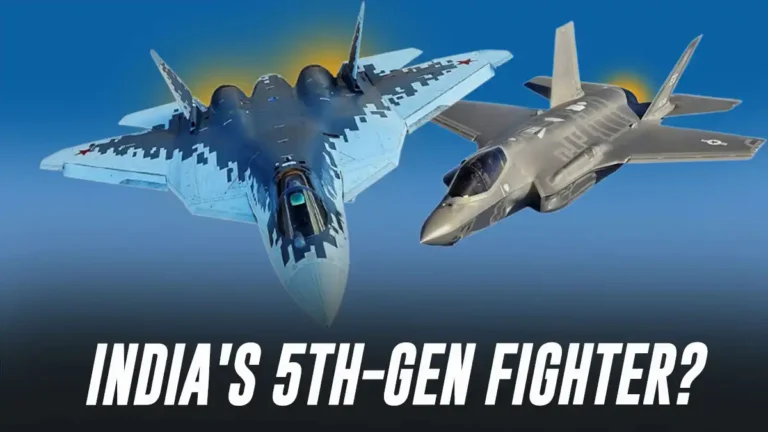The world’s most advanced fighter jets—the Lockheed Martin F-35 A from the United States and the Sukhoi Su-57E from Russia—recently shared the same airstrip at Aero India 2025 in Bengaluru. India’s hunt for a next-generation fighter has brought New Delhi to a complex geopolitical and military decision. As we speak, India is in a position to choose between the F35 and Su-57, as both fighters are being offered for purchase.
Table of Contents
India’s Fighter Jet Dilemma: The Su-57E vs. F-35A
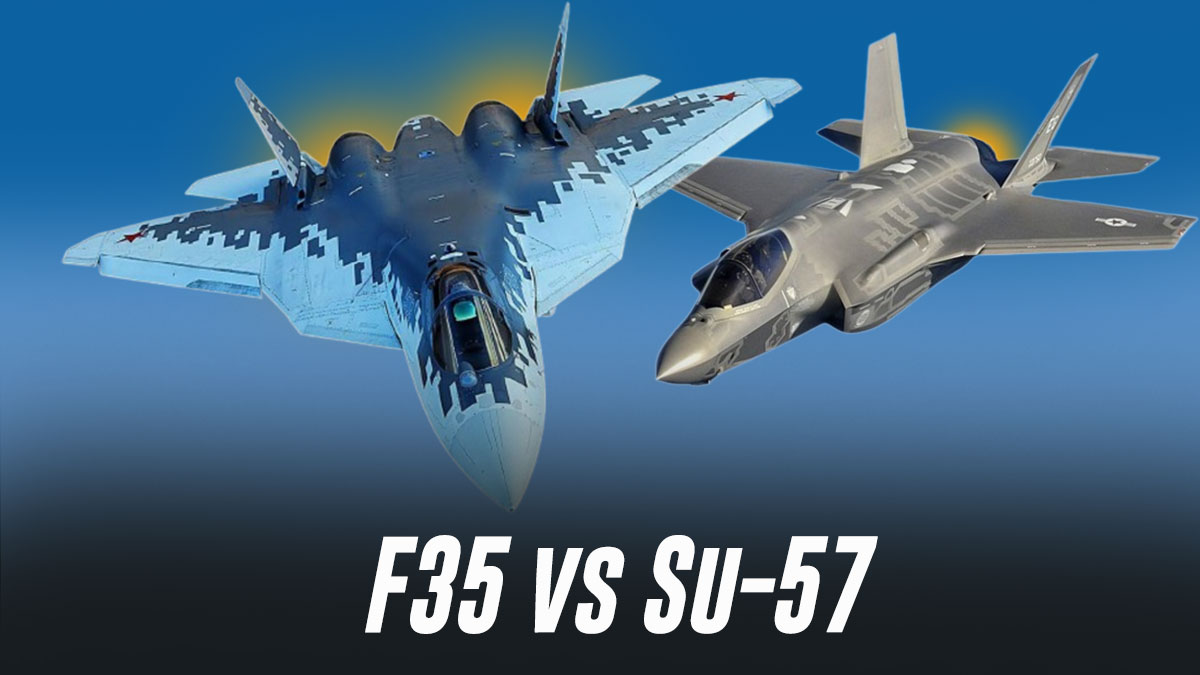
India, which has traditionally relied on Russian military equipment, is now at a crossroads. The Russian defence export agency, Rosoboronexport, has pitched the Su-57E as a fighter that India can manufacture domestically with full technology transfer (ToT). Discussions with Hindustan Aeronautics Limited (HAL) have already commenced, with Russia proposing that production be set up at HAL’s Nasik facility, where India’s Su-30MKI fleet is assembled.
On the other hand, the United States has dangled the F-35 as an option for India. During a meeting between Indian Prime Minister Narendra Modi and U.S. President Donald Trump, the latter stated he was “paving the way” for India to acquire the highly sought-after stealth fighter. Lockheed Martin quickly backed the statement, saying that they were “encouraged by the announcement” and eager to work on upcoming procurements.
ALSO READ: Aero India Needs To Move Out Of Bengaluru: Here’s Why!
However, India’s Ministry of External Affairs was caught off guard, stating that discussions on such an acquisition had not even begun yet.
The AMCA Factor: Will India Choose Self-Reliance?
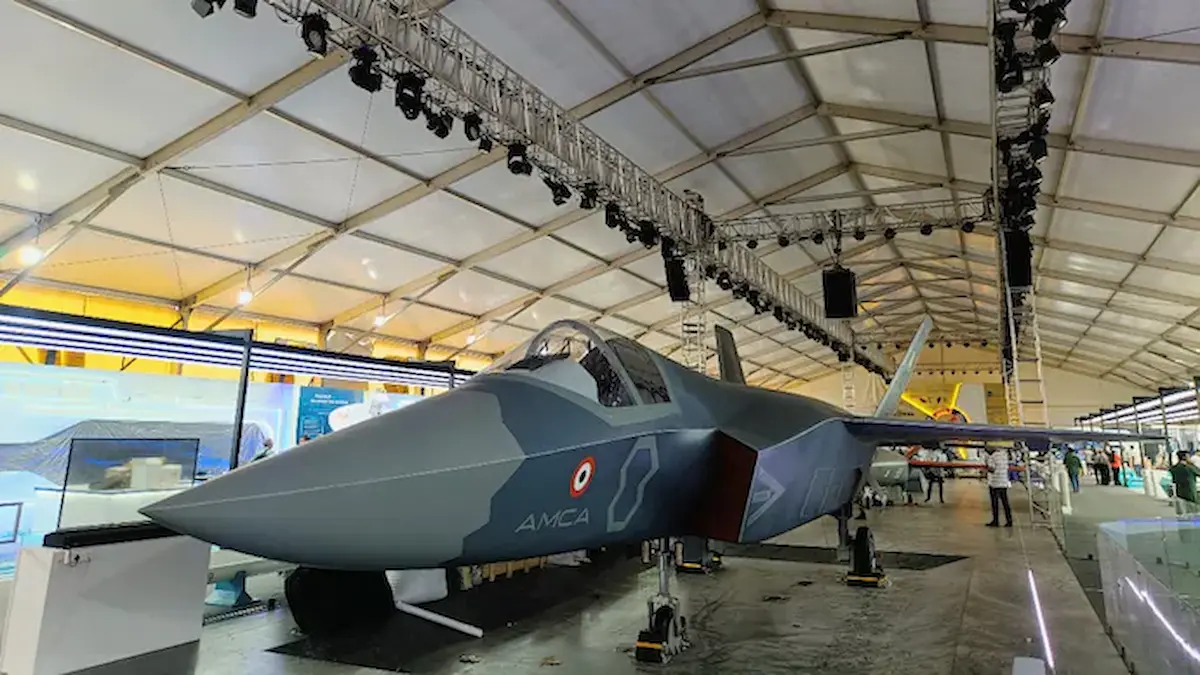
India has long been working on its fifth-generation stealth fighter, the Advanced Medium Combat Aircraft (AMCA). At Aero India 2025, the government showcased a full-scale model of the AMCA. The project hopes to deliver India’s first Indigenous stealth fighters by 2034, though experts are sceptical about the timeline.
Ordering either the F-35 or Su-57 now could jeopardize the project. It would create dependency on foreign platforms, reducing the urgency and funding for India’s homegrown defence project.
Challenges of Integrating the F-35 in India’s Military
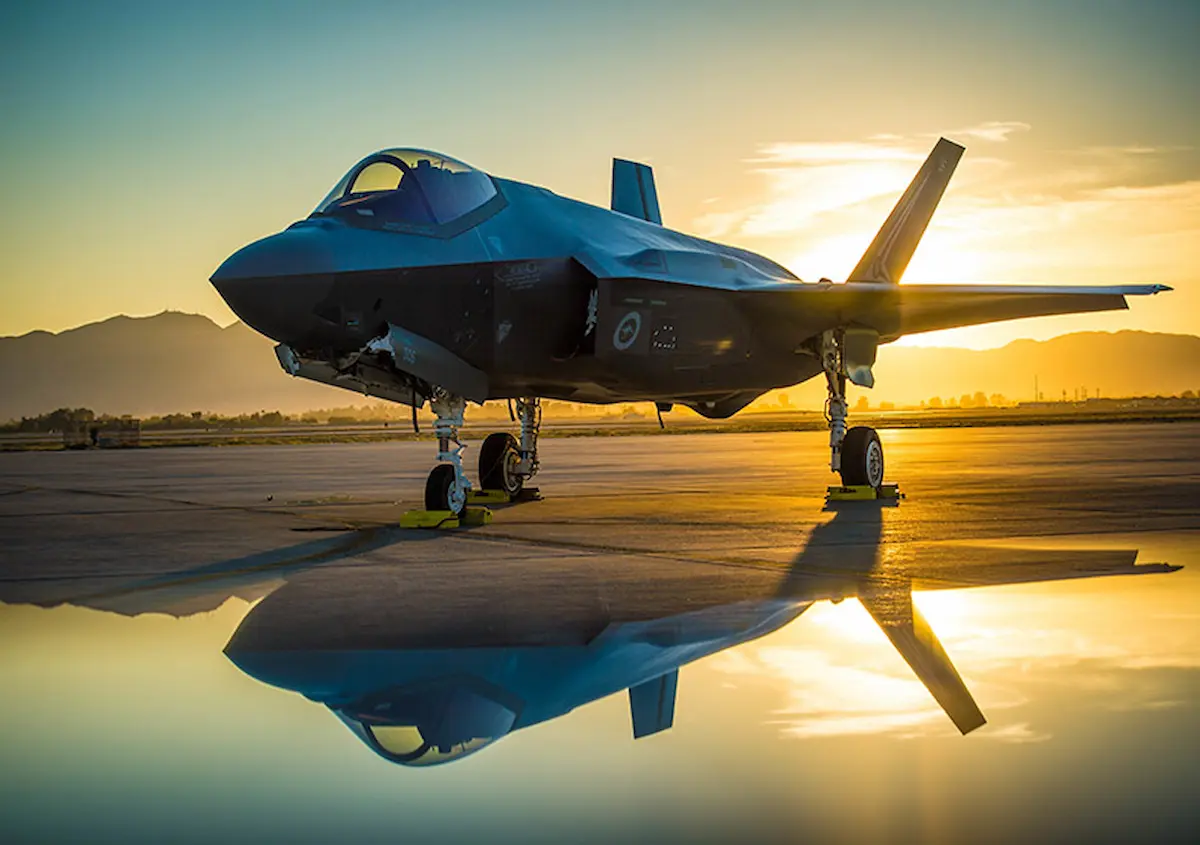
Despite its technological edge, the F-35 might not be an ideal fit for India. The U.S. is notoriously protective of its military technology, and integrating the F-35 into India’s existing Russian-heavy fleet—which includes Su-30MKIs, MiG-29s, and S-400 air defence systems—could be a logistical and strategic nightmare.
ALSO READ: Aero India 2025: 8 Key Highlights From Asia’s Biggest Airshow
The F-35 operates within an exclusive network, designed to share real-time battlefield data with NATO allies. Since India is not a NATO partner, Washington may impose severe restrictions on how India can use and modify the aircraft.
Moreover, if India chooses the F-35, it could face political backlash from Russia, its long-time defence partner. Moscow has already warned that increased U.S. defence deals with India could hurt relations.
India’s Deep Defense Ties with Russia and the U.S.

Over the past 20 years, India has signed $50 billion worth of defence contracts with Russia. However, India’s Russian arms imports fell by 34% in the last five years, reflecting a growing shift toward Western suppliers.
From 2008 to 2023, 62% of India’s military imports came from Russia, while only 10% came from the U.S.. But America is making steady inroads—India has purchased over $20 billion worth of U.S. defence equipment in the past decade, including:
- C-130J Super Hercules transport aircraft
- P-8I Poseidon maritime patrol aircraft
- AH-64E Apache attack helicopters
- MH-60R Seahawk helicopters
- Hellfire and Stinger missiles
- M777A2 howitzers
- 31 MQ-9B Reaper drones (latest $4 billion deal)
With the U.S. encouraging India to reduce its reliance on Russian arms, Washington is actively pushing for more defence deals. A new 10-year U.S.-India defence partnership is set to be signed later this year.
What Could Possibly Be India’s Fifth Generation Fighter?
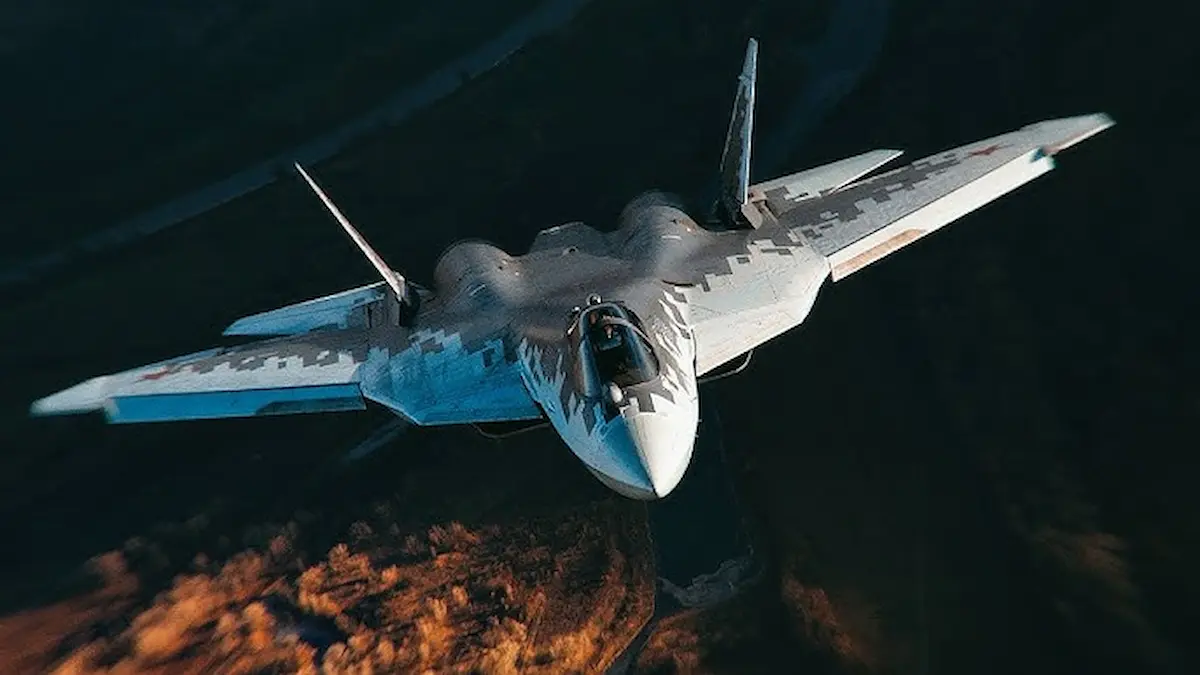
With China’s growing airpower, India needs an advanced stealth fighter to fill the gap. But the choice is complicated.
- If India picks the Su-57E, it will maintain ties with Russia but risks buying an unproven fighter that lacks combat experience.
- If India chooses the F-35, it aligns itself closer with the U.S., but integration issues and technology-sharing restrictions remain a big concern.
- If India bets on the AMCA, it ensures long-term self-reliance but faces a decade-long delay before its stealth jets are ready.
With a $78.3 billion defence budget for 2025-26, India must carefully weigh its options. Will it strengthen old ties, forge new ones, or go fully independent? The decision made today will define India’s air combat capabilities for decades to come.

